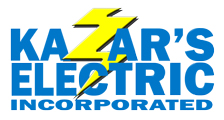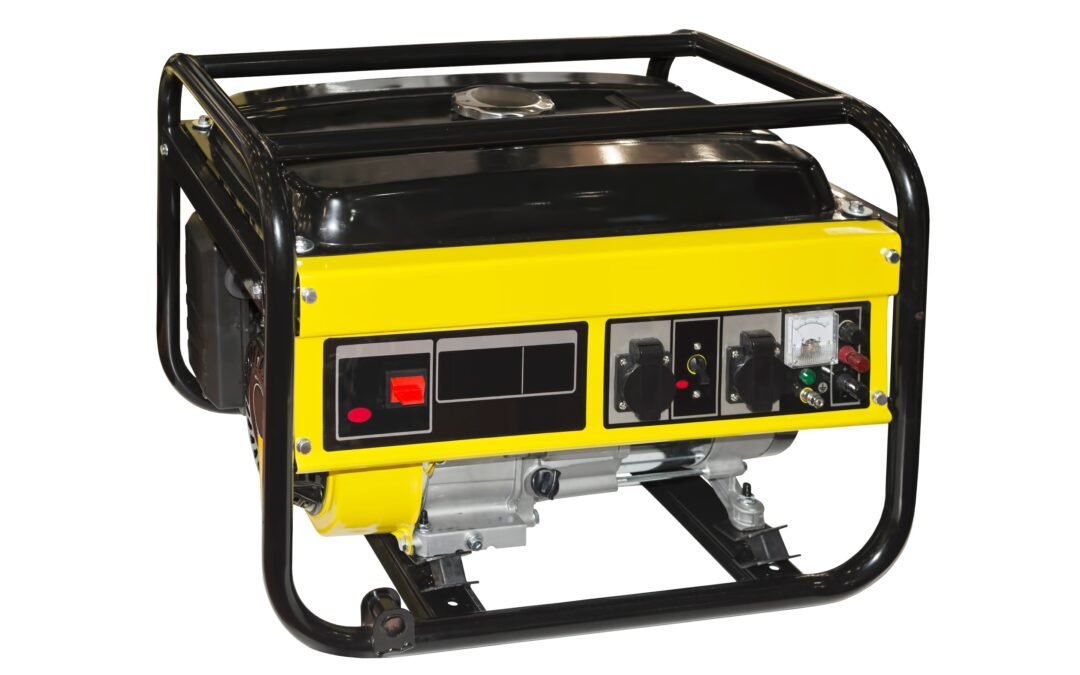Living in Tampa, Florida, often means dealing with power outages from storms and hurricanes. A generator is a great way to keep your home powered, but selecting the right generator transfer switch is just as important. This device safely connects your generator to your home’s electrical system, securing proper power distribution during outages.
Here’s a guide to help you choose the right transfer switch for your Tampa home.
Understand the Types of Transfer Switches
There are two main types of generator transfer switches:
- Manual Transfer Switch: This requires you to manually switch the power source to your generator during an outage. It’s more affordable but requires you to be present to avoid overloading the generator.
- Automatic Transfer Switch (ATS): This switch automatically detects an outage and transfers the load to the generator. When power returns, it automatically switches back. While more convenient, an ATS is more expensive.
Check Generator Compatibility
Transfer switches vary in compatibility, so match yours to your generator. Portable generators use a plug-in connection that requires a transfer switch with the correct input for the plug type. Standby generators require a hardwired transfer switch for permanent installation. These often come with the unit’s specific automatic transfer switch. Always check the generator’s manual or manufacturer to determine the correct transfer switch type.
Determine Your Power Needs
The size of your transfer switch should align with your home’s power demands. A transfer switch that is too small won’t handle your generator’s output, and one that’s too large could be overkill, leading to unnecessary expenses.
If you’re looking to power only essential items like lights, refrigerators, and security systems, a smaller transfer switch might be sufficient. A 6- to 10-circuit transfer switch is usually enough for selective circuits.
To power your home, use a transfer switch that matches your generator’s output. This type of switch is ideal if you have a larger generator capable of running high-demand appliances like HVAC systems, water heaters, and large kitchen appliances.
Consider Installation Costs and Process
You would require a licensed electrician to install a transfer switch. Installation costs vary depending on the setup’s complexity and the switch type. Also, check with local regulations in Tampa or consult an electrician, as local codes might dictate specific installation guidelines or require permits.
Safety and Reliability
Opt for a transfer switch from a reputable manufacturer and verify that it is certified by UL (Underwriters Laboratories) for safety compliance. This confirms the switch has been tested for safety and reliability, which is necessary for protecting your home and family during power disruptions.
Additional Features
Some transfer switches come with additional features that might be worth considering. These include:
- Load-Shedding Capabilities: These switches control power distribution, prioritizing important circuits.
- Remote Monitoring: This feature allows you to monitor and control the switch from a smartphone or computer, providing real-time updates on your power usage and generator status.
Looking for a safe generator setup? At Kazar’s Electric Inc., we design and install generator transfer switches that meet your needs while adhering to all safety standards. Contact us today for a quote.

